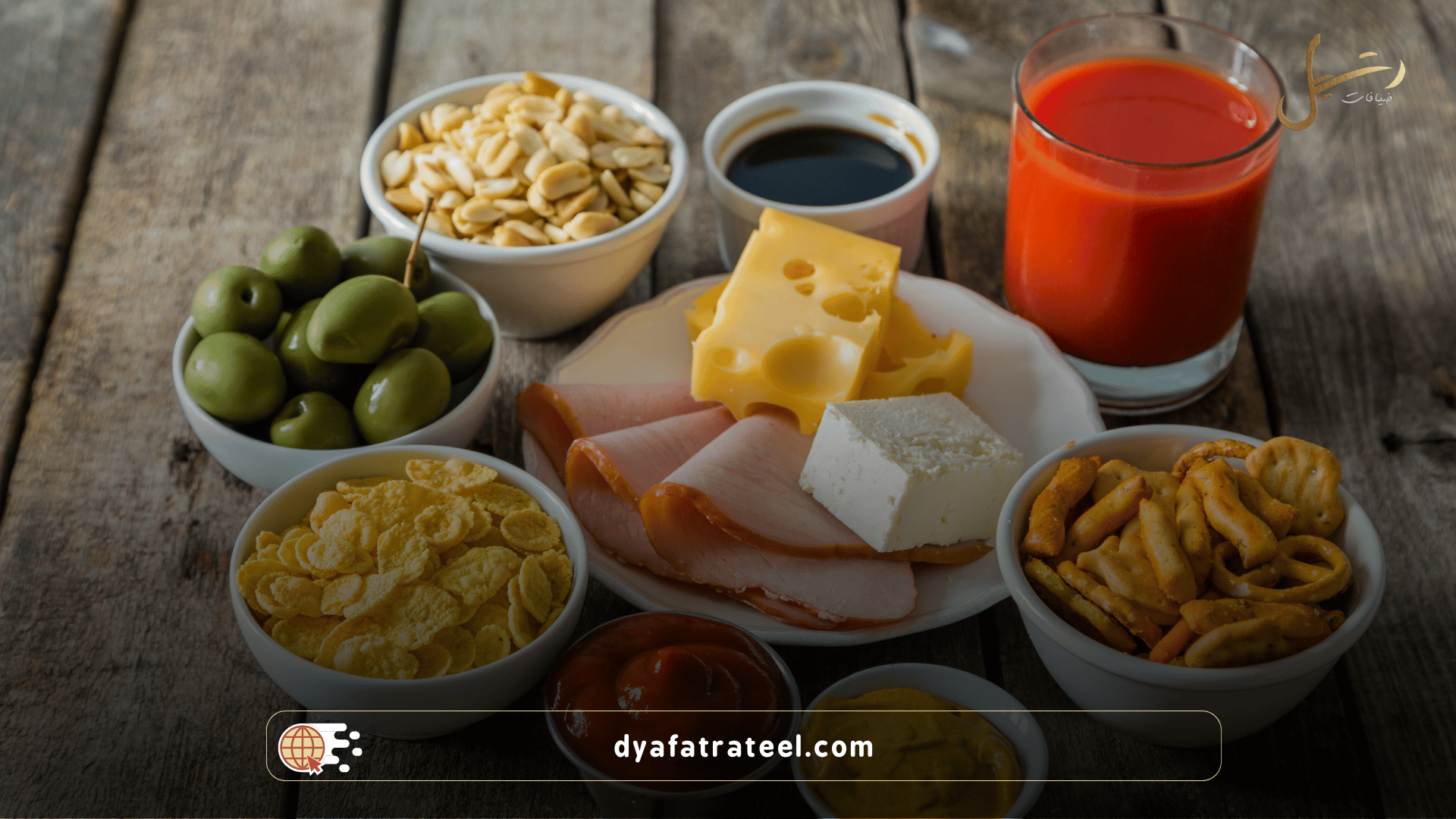Savories are an essential part of any table, whether for family gatherings or elegant feasts. They range from pastries and appetizers to crunchy bites, catering to all tastes. With the growing popularity of salty foods, it’s important to understand the different types and the best ways to present them. In this article, we explore the world of savory snacks and provide tips on choosing the best.
What Are Savories?
Savories are foods with a salty or tangy flavor, often served as appetizers or light snacks. They come in many forms including pastries, hot and cold starters, crunchy nibbles, and even fast food. People love savories for their ability to stimulate the appetite and add richness to any meal. Ingredients vary from cheese and olives to meats and vegetables—making them perfect for every occasion.
Why Are Savories So Popular?
Savories are a staple in events of all kinds—parties, feasts, or even as everyday bites. Their popularity stems from their perfect balance between crunchy or soft textures and bold flavors. They're easy to prepare or buy and are convenient for eating on the go.
Why savories are a favorite:
- Wide variety of flavors and ingredients
- Suitable for any time or occasion
- Easy to make or find in stores
- Satisfy cravings for salty, crunchy snacks
Most Popular Savories Around the World
Every culture has its own savory snacks with unique shapes and flavors:
- Savory Pastries: Like cheese croissants and stuffed pies (common in Europe and the Middle East)
- Crunchy Snacks: Potato chips and roasted nuts – globally popular
- Hot Appetizers: Samosas, spring rolls, kibbeh, stuffed grape leaves – common in Arab and Asian cuisines
- Mini Fast Food: Mini pizzas, sliders, and bite-sized sandwiches – favorites at parties and events
- Eastern Specialties: Like Musakhan rolls and mini shawarma – known for their spices and freshness
Eastern vs. Western Savories – Key Differences
Savories vary greatly by culture. Eastern cuisine leans heavily on spices and fresh ingredients, while Western cuisine focuses more on cheese and buttery doughs. Both are widely loved by food enthusiasts worldwide.
Eastern Savories
Characterized by bold spices and rich fillings, using ingredients like cumin, sumac, za’atar, and spiced meat or vegetables.
Examples:
- Kibbeh: Bulgur and minced meat dough, fried or baked
- Stuffed Grape Leaves: Filled with rice and veggies or meat
- Musakhan Rolls: Flatbread filled with sumac-spiced chicken and onions
- Eastern Samosas: Thin dough filled with vegetables, cheese, or meat

Western Savories
Known for buttery textures and creamy fillings, often baked instead of fried.
Examples:
- Cheese Croissants: Flaky pastries with melted cheese
- Stuffed Pies & Quiches: Filled with meats or cheeses
- Mini Pizzas: Topped with sauce, cheese, and toppings
- Salted Pretzels: Crispy outside, soft inside, sprinkled with coarse salt
Cooking Method Differences:
- Eastern: Mostly fried or grilled, served with tahini or yogurt dips
- Western: Mostly baked, served with cheese or creamy sauces

Which Is Better?
Neither is better—it all depends on taste. Eastern savories offer strong, spiced flavors, while Western ones are buttery and rich. Ideally, combine both to enjoy a variety of flavors and textures.
How to Make Savories at Home
Making savory snacks at home lets you control the quality and taste. Use fresh ingredients and vary your cooking methods—bake for lightness or fry for richness.
Tips for making great savories:
- Use fresh, quality ingredients (whole wheat flour, natural cheeses, fresh veggies)
- Experiment with baking and frying
- Add herbs and spices (cumin, black pepper, thyme)
- Try different fillings—cheese, meat, or veggie blends
- Maintain proper cooking temperature for perfect texture
Are Savories Healthy?
Savories can be healthy if made with nutritious ingredients. For example, whole wheat baked pastries have less fat and calories than fried versions. Use healthy oils and load up on veggies for better nutrition.
How to make them healthier:
- Use whole wheat flour
- Replace margarine with olive or coconut oil
- Bake instead of deep-frying
- Add fiber-rich veggies like spinach and mushrooms
- Use less salt; rely on herbs and spices instead
Best Ways to Serve Savories
Presentation enhances the savory experience. Whether at family events or formal meetings, plating and sauces make a big difference.
Serving tips:
- Add matching dips (cheese sauce, mint yogurt, spicy dips)
- Use elegant serving trays (decorated plates or wooden boards)
- Offer variety (spicy, mild, and crunchy options)
- Use toothpicks or paper cups for individual portions
- Serve warm items like samosas fresh; cold pastries with dips
Vegetarian Savory Options
Many delicious savory options suit vegetarian diets. Focus on veggies, grains, and dairy-free cheeses for satisfying, nutritious results.
Examples:
- Veggie-filled Pastries: Like spinach or mushroom pies
- Stuffed Grape Leaves in Olive Oil
- Savory Cheese-Free Pies: Like sweet potato or roasted pepper pies
- Vegetarian Samosas: Filled with lentils, carrots, or spiced veggie blends
- Savory Pasta Flora: Filled with eggplant or sun-dried tomatoes
You can always adapt recipes by swapping animal products for plant-based alternatives.
Final Thoughts
Whether you love spiced Eastern pastries or buttery Western bites, the world of savory snacks is full of irresistible options for every taste. If you're looking for ready-made, high-quality savories, check out our selection at Diyafat Rateel, where we offer gourmet pastries and appetizers crafted by expert chefs for your special occasions.
Frequently Asked Questions (FAQs)
1. Are savories healthy?
Yes—when made with fresh, low-fat ingredients and baked instead of fried.
2. Can savories be served at formal events?
Absolutely. When elegantly arranged, they’re perfect for receptions and meetings.
3. How to keep savories fresh longer?
Store in airtight containers in the fridge and reheat in the oven before serving.
4. What types of savories are kid-friendly?
Mini pizzas, cheese croissants, potato pies, and veggie spring rolls.
5. Best drinks with savory snacks?
Tea, natural juices, coffee, or sparkling water depending on the flavors.





